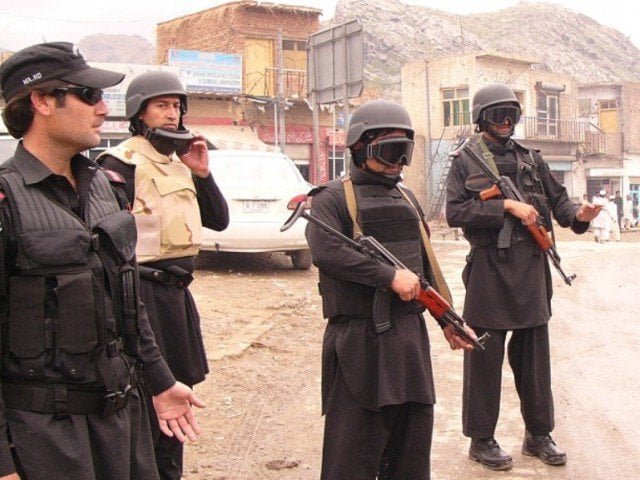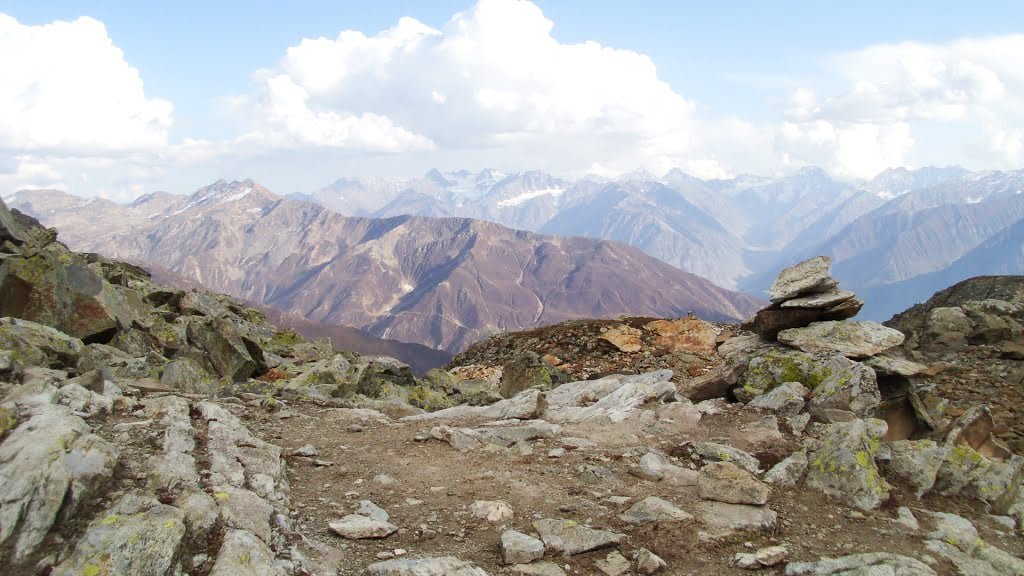Understanding the Monsoon Crisis in Punjab: What You Need to Know
With the monsoon season upon us, the recent reports from the United Nations about devastating floods in Punjab, Pakistan, are difficult to ignore. The heavy rains have transformed parts of the region into disaster zones, leading to a tragic loss of life and significant property damage. Many people are grappling with the stark reality of rising rivers and fragile homes collapsing under the pressure of relentless downpours.
The sorrowful memories of the catastrophic floods of 2022 are resurfacing, reminding us all of the fragility of life and property in the face of nature’s fury. With authorities declaring alerts, it’s crucial to stay informed about what’s happening and how it may affect our communities.
What’s Happening in Punjab?
Amid ongoing concerns, the Punjab Disaster Management Authority (PDMA) has issued a flood pre-alert, foreshadowing potentially severe conditions. They’re urging residents to be ready for flash floods, especially from July 21 to 25, with the highest risk anticipated on July 22. Low-lying areas near major rivers such as the Chenab, Jhelum, Ravi, Sutlej, and Indus are particularly at risk.
In just the current monsoon season, reports indicate at least 123 fatalities and 462 injuries due to weather-related incidents, along with damage to over 150 buildings. This underscores the immediate need for proactive measures and a community-focused approach to disaster readiness.
Community and Government Response
Recognizing the urgency, the PDMA has escalated alerts urging all relevant provincial departments to be on high alert. Rescue 1122 has been instructed to complete preparations swiftly, ensuring that emergency protocols are in place ahead of any potential disaster. PDMA Director General Irfan Ali Kathia emphasized the importance of keeping emergency control rooms fully staffed and active around the clock.
What Can You Do?
As we brace for more heavy rains, there are steps you can take to stay safe:
- Stay Informed: Keep up with local news and updates from authorities. Real-time information can help you make informed decisions.
- Prepare an Emergency Kit: Have essentials like water, food, a flashlight, batteries, and first-aid supplies ready.
- Make a Plan: Discuss with your family what to do if flooding occurs. Designate meeting points and ways to contact each other.
Conclusion
With rain forecasts threatening to exacerbate an already critical situation, it’s crucial for every individual to be vigilant and proactive. Flooding is more than a natural disaster; it’s a community challenge that requires collective awareness and preparation.
By understanding the situation and staying connected with local disaster management authorities, like the PDMA, you can play a role in ensuring community safety during these challenging times.
For more insights and updates on managing such disasters effectively, consider connecting with Pro21st, where our goal is to keep you informed and prepared. Stay safe!
At Pro21st, we believe in sharing updates that matter.
Stay connected for more real conversations, fresh insights, and 21st-century perspectives.





